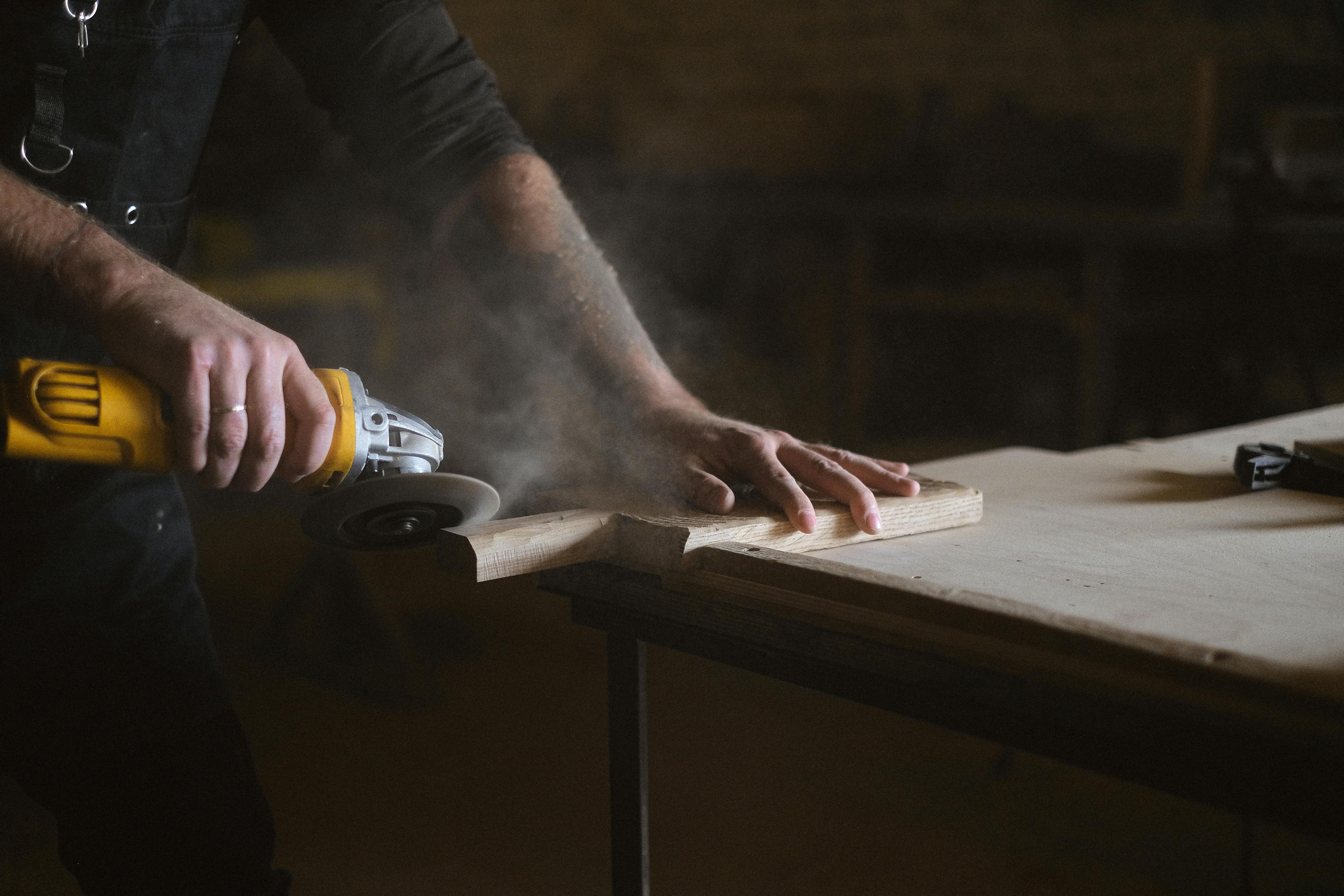
Quick Response Steps When You Find Asbestos Near You
In emergency asbestos repair, some guidelines can be used to keep the level of asbestos exposure to a minimum. A workplace storm damage, especially when it involves an asbestos material at the scene, needs a quick emergency repair response. What should be done when the situation occurs?
1. Stop working
When a storm hits, keep in mind to suspend all types of activities in the area, as the storm can release some asbestos fibers into the air.
2. Restrict access to the site.
The area suspected of being contaminated can be restricted by closing all entry doors and posting warning signs in vital areas to prevent workers from entering the facility and risking exposure to asbestos. Be sure to turn off any air handling systems to avoid a larger exposure area.
3. Notify the site authorities.
Never try to alter anything on the damaged site. Contact authorities, for example facility management or security personnel, and report the situation as soon as possible.
4. Let the incident information flow
Other members of the workplace should also be notified of the situation. Those who are responsible for maintenance, especially with regard to asbestos material, should be the priority of the information flow. The more people know about the incident, the more people can prevent others from entering the damaged site and risking their lives by being exposed to asbestos fibers.
However, the maintenance manager will have the responsibility to take the next step.
5. Inform the asbestos consultant.
This step is necessary to obtain a risk assessment and the appropriate management plan as soon as possible.
6. Site visits
The asbestos consultant will then come to the contaminated area to check for the suspicious material. Sample collection can also be done if required. When the sample taken has a positive result, notify the asbestos material management coordinator and proceed to the next step (point 7). The sample result is negative, inform the asbestos material management coordinator and continue with point 9.
7. Contact a licensed asbestos contractor for the cleanup process.
The Asbestos Materials Management Coordinator hires a licensed contractor to do the cleanup. This process is carried out in conjunction with the asbestos consultant.
8. Air monitoring
This process is done in the contaminated area to ensure that the level of dust is still acceptable based on the level of exposure. A physical inspection is also performed after the removal process, to confirm that the removal has reached a standard procedure.
The step is taken to ensure the safety of unprotected workers entering the site. When completed, the asbestos consultant publishes an authorization document.
9. Evaluation
All personnel handling the decontamination process organizes a meeting to evaluate the asbestos management plan.
10. Update the asbestos registry
Any changes to asbestos-containing materials in the area must be listed on the asbestos registry.
As part of sharing knowledge of safety equipment and the procedures that must be performed, it would be prudent for not just a professional to understand the steps of emergency procedures. However, it is strongly recommended to use an experienced and licensed professional to perform the work.
In the event you live or work within a property that you simply know may include Asbestos Containing Material (ACM), it is recommended that you invest in ‘Asbestos Emergency Personal Protective Equipment’.
This kit should consist of disposables classified as asbestos:
- Mask P2
- Full body suit
- Boot covers
- Latex gloves
- Leather gloves – big enough to fit over latex gloves
- Safety glasses
You also need to have on hand:
- Plastic spray bottle
- Adhesive tape x 4 rolls
- A roll of sturdy construction plastic (approx. 3 x 20 meters).
- Sturdy garbage bags.
- Paint, PVC glue or silicone sealant.
If you accidentally break ACM, such as an interior or exterior flat sheet, asbestos-containing sheet (ACS), or asbestos-containing corrugated sheet (ACCS), a likely essential factor would be to cut the spread of asbestos fibers / dust.
The Foundation believes that it only needs to deal with ACM in an emergency circumstance, to safely create small amounts of broken ACM.
Before you begin, you must adjust and put on your ‘Emergency Personal Protective Equipment for Asbestos’:
- Mask P2
- Full Body Jumpsuit Suit [Note: When the cuffs are loose fitting wrap duct tape around them]
- Boot covers
- Safety glasses
- Latex and leather gloves.
Instantly moisten the impacted broken region and clean up any visible dust or debris with a damp mop, place the damp mop in a heavy duty garbage bag and fold the bag. Seal exposed broken edges of ACM with paint, PVC glue, or silicone sealant; This will ensure that the asbestos fibers do not leach out of the ACM. Double wrap broken ACM pieces in heavy plastic sheeting and dispose of at the nearest authorized ‘asbestos’ removal facility (not BIN) or contact a licensed asbestos removal specialist.
Carefully remove your ‘Emergency Asbestos Personal Safety Equipment’, keep face cover and latex gloves to last and put all tools in folded sturdy trash bags, tape each bag closed and dispose of properly safe. Never use a power tool or vacuum cleaner to clean or work on ACM.
Better yet, try reading up on the dos and don’ts of asbestos. A better understanding of how to avoid asbestos can keep your exposure to deadly fibers low or even zero.


